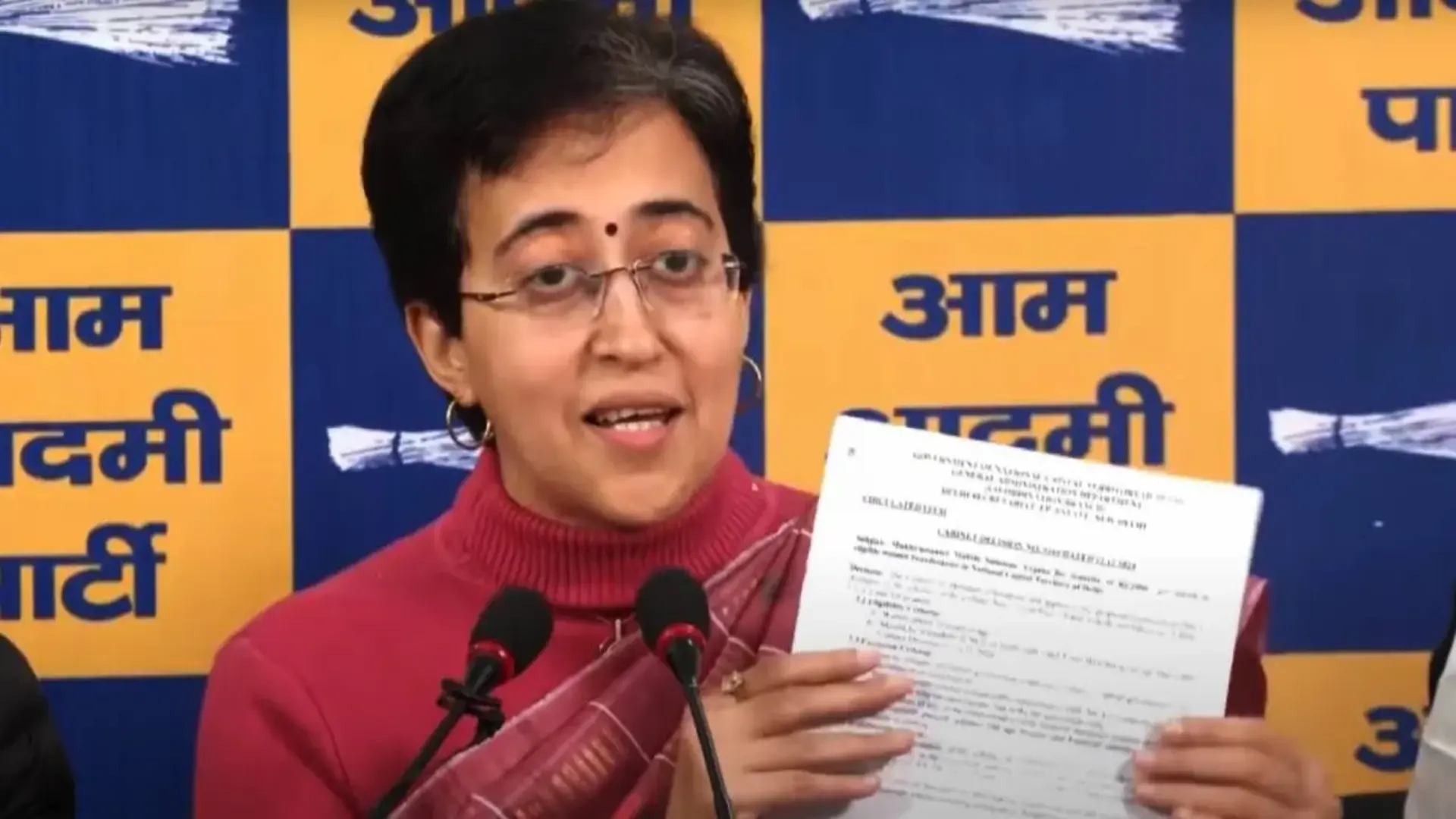In yet another step to boost fertiliser production in India, the Prime Minister will inaugurate the fertiliser plant at Ramagundam in Telangana on 12th November. On 7 August 2016, the Prime Minister also laid the foundation stone for the Ramagundam Project.
Since 2014, the Prime Minister has made special efforts to restart fertiliser plants that had been idle for many years. The driving force behind the revival of fertiliser plants across the country is the vision of the Prime Minister to achieve self-sufficiency in production of urea.
In December 2021, Prime Minister dedicated to the nation the Gorakhpur Fertilizer Plant, whose foundation stone was also laid by him on 22nd July, 2016. This plant was lying shut for more than 30 years, it was revived and built at a cost of around Rs. 8600 crore.
Last month in October, Barauni Plant of Hindustan Urvarak & Rasayan Limited (HURL) had also commenced urea production. Government had mandated HURL to revive the Barauni plant with an estimated investment of more than Rs. 8,300 crores with urea production capacity of 12.7 LMTPA.
PM Modi had laid the foundation stone for the revival of the Sindri Fertilizer project of HURL on 25th May, 2018. It is also expected to be commissioned shortly. Similarly, he had also laid the foundation stone for revival of Talcher fertiliser project on 22nd September, 2018. This plant is based on coal gasification technology and is expected to be commissioned in 2024. After operationalization of all these urea plants at Ramagundam, Gorakhpur, Sindri, Barauni and Talcher, they will add to 63.5 LMT per annum of urea leading to reduction in the import of urea. They will help significantly in moving closer to the goal of achieving Aatmanirbharta in Urea production.
Since taking office in 2014, Prime Minister Modi has prioritised increasing indigenous fertiliser production and timely fertiliser supply to farmers. The government announced the New Urea Policy, 2015, for the existing 25 gas-based urea units, with the goal of increasing indigenous urea production, promoting energy efficiency in urea production, and rationalising the government’s subsidy burden. The implementation of NUP-2015 has led to additional production from the existing gas based urea units, due to which the actual production of urea has increased significantly.

















